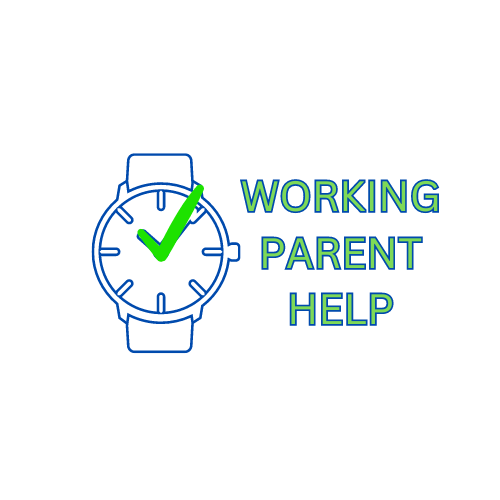
How to Handle Sibling Rivalry Without Losing Your Patience
Sibling rivalry is as inevitable as laundry piles and missing socks. Whether it’s a battle over the last cookie or a heated debate about who gets the window seat, kids have a special talent for turning minor disagreements into full-blown courtroom dramas. As a busy working parent juggling multiple kids and afterschool activities, handling these clashes without losing your cool might feel like an Olympic-level challenge. But don’t worry, with the right approach (and maybe a little humor), you can turn those sibling showdowns into valuable life lessons. Here’s how:
1. Stay Neutral
One of the worst things you can do in a sibling battle is take sides. Unless one child is clearly violating the Geneva Convention, try to remain neutral. Acting as a referee instead of a judge helps kids learn conflict resolution instead of just seeking your approval.
A helpful tool to maintain fairness is creating a “Sibling Agreement Board.” Kids can write down their disputes, possible solutions, and compromises. This not only reduces whining but also encourages problem-solving skills.
2. Encourage Teamwork
Instead of letting them compete over everything, try shifting their mindset toward teamwork. Give them tasks that require collaboration, like setting the dinner table together or working on a puzzle. If they can work together to build a fort out of couch cushions, they can certainly learn to get along.
To make chores a fun bonding activity rather than a battlefield, try using the LittleClean Kids Wooden Cleaning Set. It turns tidying up into a game where they work together instead of arguing over who did less (spoiler: it’s always “not me”).
3. Teach Healthy Conflict Resolution
Teaching kids how to handle disagreements is a life skill that will serve them well into adulthood. Model how to express frustrations calmly and listen actively. Instead of shouting over each other (or at you), encourage them to use “I feel” statements. For example, “I feel upset when you take my toys without asking” is much better than “You’re the worst sibling ever!”
When things start getting heated, consider a cool-down tool like the SnugBelt Auto Shoulder Support Pillow. Let each child take a turn using it as a ‘cool-down pillow’—a comfy and physical reminder to breathe, reset, and talk it out.
4. Set Clear Boundaries
Every household needs clear rules about what is and isn’t acceptable. If pushing, name-calling, or door-slamming are off-limits, be consistent in enforcing those rules. Setting expectations early prevents constant referee duties later.
A great way to help kids respect boundaries is through a designated personal space system. The PlayTote Portable Kids Toy Storage Play Mat can be a useful tool for ensuring everyone has their own space for playtime, keeping squabbles over toys to a minimum.
5. Give Individual Attention
Sibling rivalry often stems from a need for attention. Kids want to feel valued as individuals, not just as part of a sibling unit. Try setting aside one-on-one time with each child to do something they love—whether it’s reading, baking, or even a quick walk together.
To make these moments extra special, using something personal like the CrystalBrew Transparent Juice Coffee Mug can turn a simple chat into a ritual. Pour their favorite drink, sit down together, and make them feel like they have your undivided attention.
Final Thoughts
Parenting is tough, and sibling rivalry can make it even tougher. But with patience, humor, and a few handy tools, you can teach your kids valuable lessons in cooperation, respect, and problem-solving. Remember, they won’t always be arguing over who touched who first—one day, they’ll be adults reminiscing about their childhood battles with a smile (or a slight eye-roll).
